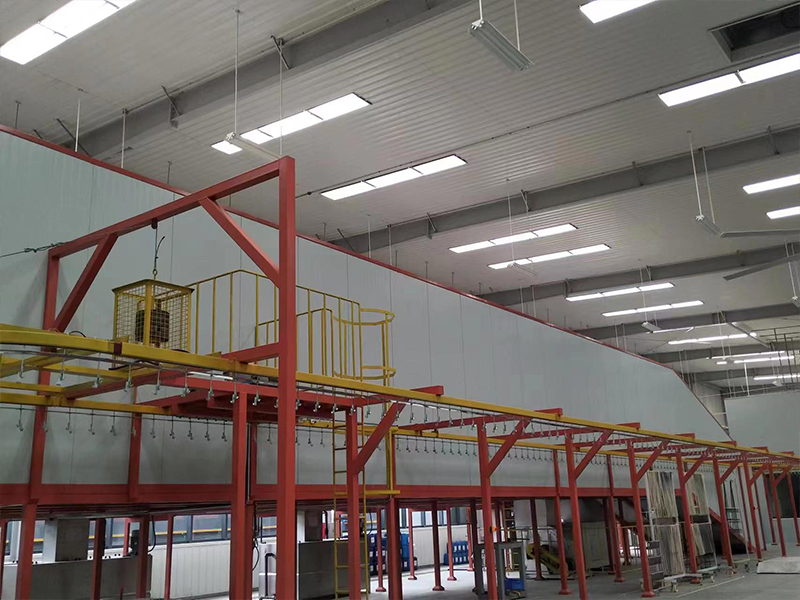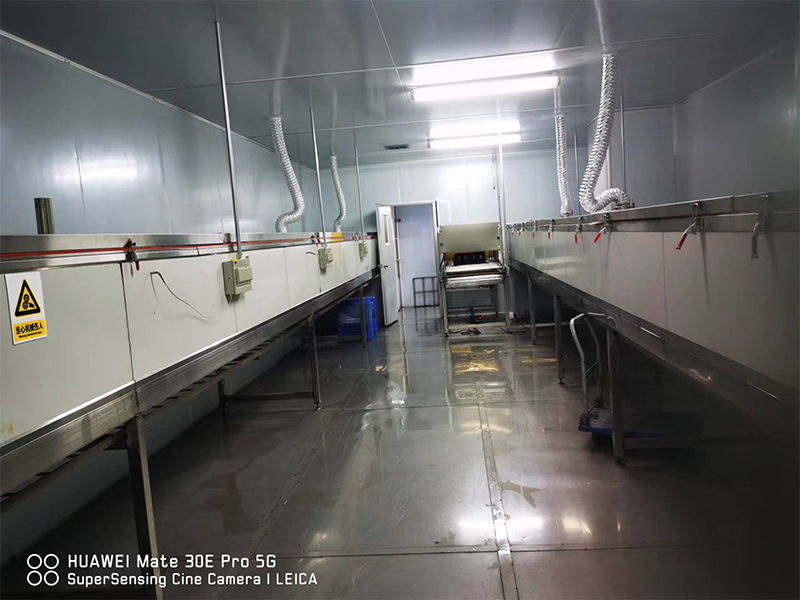It is a general trend to replace machines in the ceramic industry. Is it true that the automation level of polishing, edging and glazing in China is so high? At present, the robots used in the ceramic industry are not highly intelligent. According to professionals, the first generation of robots only need to store information through teaching, read out this information when working, and issue instructions to the actuator. The actuator reproduces the teaching operation according to the instructions, which is widely used in welding, loading and unloading, painting and handling; The second generation robot is a robot with feeling. The robot has vision, touch and other functions, and can complete detection, assembly, environment detection and other operations; The third generation of robot is the intelligent robot. It not only has the sense function, but also can make decisions and plan actions according to the command of people and the environment. At present, more than 90% of robots used in the ceramic industry belong to the first and second generation robots. With the gradual integration of the ceramic industry with intelligence, robots in the ceramic industry will also achieve industrial upgrading. For the ceramic industry, replacing people with machines is the new normal of development. Although the degree of automatic production in the ceramic industry is already very high, there are still many links in the whole production line that can let robots complete the work instead of people. In addition to high-intensity operations such as brick picking, packaging, and handling, robots can also be used for high-precision processes such as polishing, polishing, and glazing. Automation simply means changing human work into machine work. The application of automation in the domestic ceramic industry has reached a high level under the existing process conditions, which not only reduces the labor intensity of operators, but also avoids the problem of errors of operators to the maximum extent. Nevertheless, there is still a "huge" space for the automation upgrade of the ceramic industry, which will come from the improvement of China's ceramic technology level. The storage and metering of ceramic raw materials, slurry preparation, slurry homogenization, powder preparation and staleness are the "battlefields" of automation upgrading. Picking, packaging, automatic warehousing and automatic loading are another "battlefield" for the automation upgrading of the ceramic industry. Of course, there are many links in the "battlefield" that are being automated, mainly in some intermediate (process) links. For example, in the transfer link from the kiln to the edge grinding, it takes a certain time to cool the tiles from the heat in the kiln to the cold of the edge grinding line, and this process is mostly manual. In addition, there is still a lot of manual auxiliary work in edge grinding and polishing. If these links mentioned above reach the automation level, the full automation of the ceramic industry will be truly realized. A domestic factory may need more than a dozen operators for a production line, while foreign factories only need 3-4 operators. In foreign countries, after automatic packaging of products, the laser AGV system is used to automatically enter and exit the warehouse. At present, the traditional mobile forklift is still used in China. Foreign intelligent projects mainly include automatic color separation and grading packaging, digital edge grinding, AGV storage, AR recognizable remote maintenance system, etc. SACMI, sistem, sitibente, BMR, etc. are internationally leading in the development of intelligence. At present, the whole production line of domestic ceramic enterprises has realized automatic production, and some single machine equipment, such as inkjet machine, intelligent billet storage system and digital edging machine, have initially realized intelligence. At present, the intelligent billet storage system launched by Yiding is an intelligent device. The difference between it and the automatic billet storage system on the market is that it is highly intelligent. Its intelligent system is composed of four major parts: the central dispatching system, the traffic control system, the information transmission system and the power supply control system. It also has the ability of remote maintenance. Yiding technology's digital edging machine is also in the intelligent category. It is reported that glazing refers to the use of the water absorption of the dried body to make slurry like glaze adhere to the surface of the body. Glazing refers to the use of compressed air to spray the glaze slurry into a mist through a spray gun or a glaze spraying machine to make it adhere to the body. The distance between the spray gun and the body, the pressure of spraying glaze, the number of times of spraying glaze and the relative density of glaze slurry determine the thickness of the glaze layer. At the same time, because the thickness of the glaze layer is relatively uniform and easy to control, it is easy to realize mechanization and automation. Glazing is an important link in ceramic production, and it is also a link that is easy to realize automation in ceramic production. Most of the foreign countries use robots to spray glaze, but the domestic application has not been popularized. For a long time, the glaze spraying process in China is mainly completed by hand. Its working environment is poor, labor intensity is high, quality is poor, production efficiency is low, and quality is difficult to be unified. The ejected mist is easy to be inhaled by people, which will seriously affect people's health in the long term. With the development of society, people's growing demand for material and cultural life and the health assurance of production workers have put forward higher requirements for ceramic production. Using robots to replace artificial glaze spraying has become the development trend of ceramic production. In the process of gradually realizing automation of the glaze spraying process, a number of excellent enterprises such as Xinpeng, Hecheng, Pradi, yuchengming and xinjingtai have emerged, which have made different contributions to the market promotion and technical maturity of the glaze spraying robot.
View categories

 English
English 中文站
中文站





















